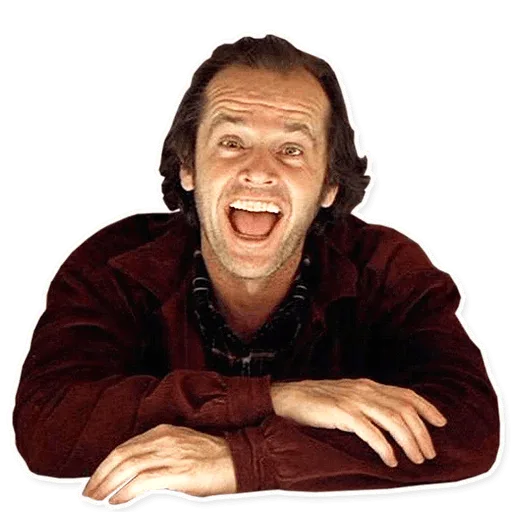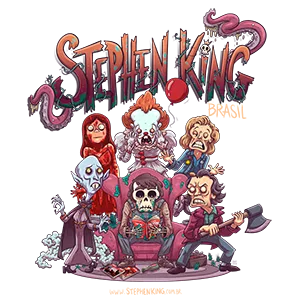Philip Parker

He is the filmmaker of The Woman in the Room Dollar Baby film.
SKSM: Could you start with telling us a little bit about yourself? Who are you and what do you do?
Phil Parker: My name is Phil Parker. For the past five years, I’ve worked at a natural science museum in Decatur, Alabama, doing all of the in-house video production. I am also the Lead Gallery Explainer as well. I also do frellance video production, and am currently in the early stages of starting my own production company, which will focus on promoting the arts community in our area.
SKSM: When did you know you wanted to become a filmmaker?
Phil Parker: Day one, Right out of the gate! I grew up having that dream, but it was during a time when those kinds of things were not so easily achievable, as they are becoming now. Life sometimes gets in the way of those dreams, and as I grew up, I had resigned myself to the fact that it wasn’t something I would ever really get to do. Fortunately, technology has grown enough to make that dream possible for so many people, and I jumped at the chance to learn the process as soon as I was able! I still have a long way to go, but the dream is still as strong as it ever was. Stronger, even.
SKSM: When did you make The Woman in the Room? Can you tell me a little about the production? How much did it cost? How long did it take to film it?
Phil Parker: We began shooting in the spring of 2020, but COVID had other plans. Unfortunately, we were forced to shelve the project during the pandemic, but we were able to come back and complete it in the spring of 2021, with just one week left on our Dollar Baby contract. Since it was a student project, part of the assignment was to keep the budget as low as possible, In fact, it was sort of a challenge to see who could spend the least amount of money to complete their film. I think we finished ours for less than $40! We took advantage of things we had on hand, we used a friend’s house for a large portion of the shoot, as well as shooting the scenes involving Kevin, the older brother inside the actor’s own house. Those were the first things we shot. At one point, I obtained permission to use the Nursing program’s hospital room simulation as the set for the hospital in our film. The night before we were scheduled to go and shoot those scenes, we had to cancel, due to a COVID exposure within the cast. So we shut down, and were lucky enough to re-obtain the same permissions the following year. Essentially, the film took almost a year to complete! Our lead actor, Corbin Holland had shaved his beard during the pandemic, and when I asked him if he was willing to come back to finish the movie, he said, “Sure! But I’ll need a couple of months to get my beard back! In fact, the only actor we lost was our “Woman”, who had other commitments when we came back, but we had only fimed one shot of her by the time we shut down production. so my firend Kelly Hutchings graciously stepped in to the role, and did a great job!
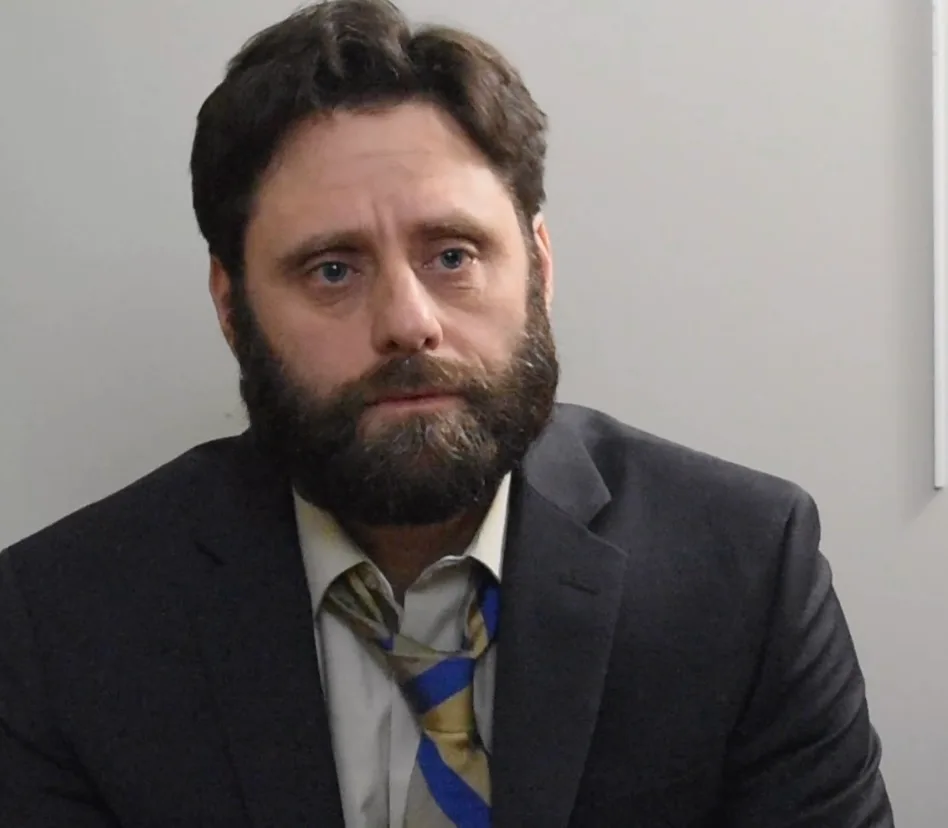
SKSM: Your wife was the key to this project. Can you tell us a little more about this?
Phil Parker: Bit of a long story there! My wife was. (at that time), an instructor at a local college, (she’s the Dean now!), and she taught a fimmaking course.She included the Dollar Baby films as one of the assignments for the class. I’ve been a stage actor for close to thirty years, so due to my being the husband of the teacher, I got “drafted” to be in most of the films that were made over the course of about four or five years. I think I may hold a record now for “most appearances in Stephen King films”, with a total of eighteen or nineteen appearances during that time! For the class, my wife would divide the students up into teams for the making of their films. Our son and I were in the class together, and were lucky enough to end up on the same team, and my cousin Nicole Shelton also was there, and she served as our Assistant Director/Producer. Our other team member was Jay Deyton.She worked as our Production Designer.
SKSM: How come you picked The Woman in the Room to develop into a movie?
Phil Parker: After four years of paticipating in these films, TWITR was one film that could be produced fairly easily, and on a small budget, in our area, but also no one had previously chosen it. I was also aware of Frank Darabont’s version of it, which was good, but not terribly suspenseful in my opinion, soI thought it would be a nice challenge to try and beef up the suspense factor just a bit from the original story.

SKSM: What do you think it is about the story that attracts people so much?
Phil Parker: It’s a very human story.Obviously, alot of people know the pain of losing a loved one, as well as the pain of watching them suffer through their last days. That situation can also create a morbid curiosity in people who may or may not have been in the position of caretaker, to understand what goes through someone’s mind when faced with the tougher decisions that sometimes need to be made in regards to that loss. This story puts a different spin on those thought processes that I’m certain more people than are willing to admit have had themselves.
SKSM: Can you tell us about your experience on this film? Was everything planned ahead or did some things change during filming?
Phil Parker: With this type of filmmaking, no amount of planning is ever enough, and with a schedule of this sort, along with the added stress of “learning as you go”, change is inevitable. Of course, we were also working for a grade, so some things we did were part of the program, so to speak. For me, personally, getting the opportunity to direct the film, and be responsible for some of the final decisions was both daunting and satisfying. (We made an A, by the way.) We did manage to work well together as a team, and even though there was minimal conflict on creative decisions, I think it was a healthy amount, which showed that we cared not only about the grade, but the finished film, as well. I think that was evident by the fact that we came back and got it done, even when we didn’t have to. In the wake of the COIVD shut-down, our Dollar Baby pause led to an assignment change. Since it looked unlikely that we would finish our Dollar Baby, and the fact that we would be working from home during the pandemic, we were asked instead to produce a “solo” film project in its place.

SKSM: You are both the director and the editor, how did you experience that?
Phil Parker: It was a lot of work, but it was completely rewarding! I tend to get lost in my editing sometimes, so it was definitely challenging. Once the shut-down occurred, I began to edit the scenes we had managed to complete, and eventually produced a “rough-cut” version to at least show my teammates what we were working towards. Of course, there were large gaps in that version, because we hadn’t been able to shoot the hospital scenes, but it helped in the long run to have those scenes done, so by the time we got around to shooting the following year, all I had to do was finih editing the hospital stuff into the mix.
SKSM: Did you make any changes from the original story? How do you think (or would you like) the audience to react about this?
Phil Parker: We stayed fairly faithful to the story since it’s not that long, but we did add in some “inner monologue” bits for Kevin, the main character, just to put the audience inside his thought processes, and to better understand his motivation. Beyond that, we tried to put in a couple of small “jump scares” to beef up the suspense. Sadly, they didn’t turn out as effectively as I would’ve liked, but as I said, we were learning the ins & outs. Looking back, I think I might’ve approached those moments a little more carefully, but time just wasn’t on our side. The original story is a bit tame when it comes to the horror element, but we wanted to include some of what an unfamiliar audience might’ve expected from a Stephen King story. I hope those moments came across to the folks that were able to see it.
SKSM: Were any movie fragments cut out that you now miss?
Phil Parker: There were definitely some things in the hospital scenes that I would’ve liked to have done from a cinematic standpoint, but honestly, at that time, we were lucky to get any of it done. Despite that, we didn’t end up sacrificing too much in the way of cuts.
SKSM: Can you share with us any significant moment or memories that happened on set?
Phil Parker: Looking back now, it’s difficult to pick any one moment that stands out more than the pandemic. We all just buckled down and got it done. I think losing a year was pretty significant!
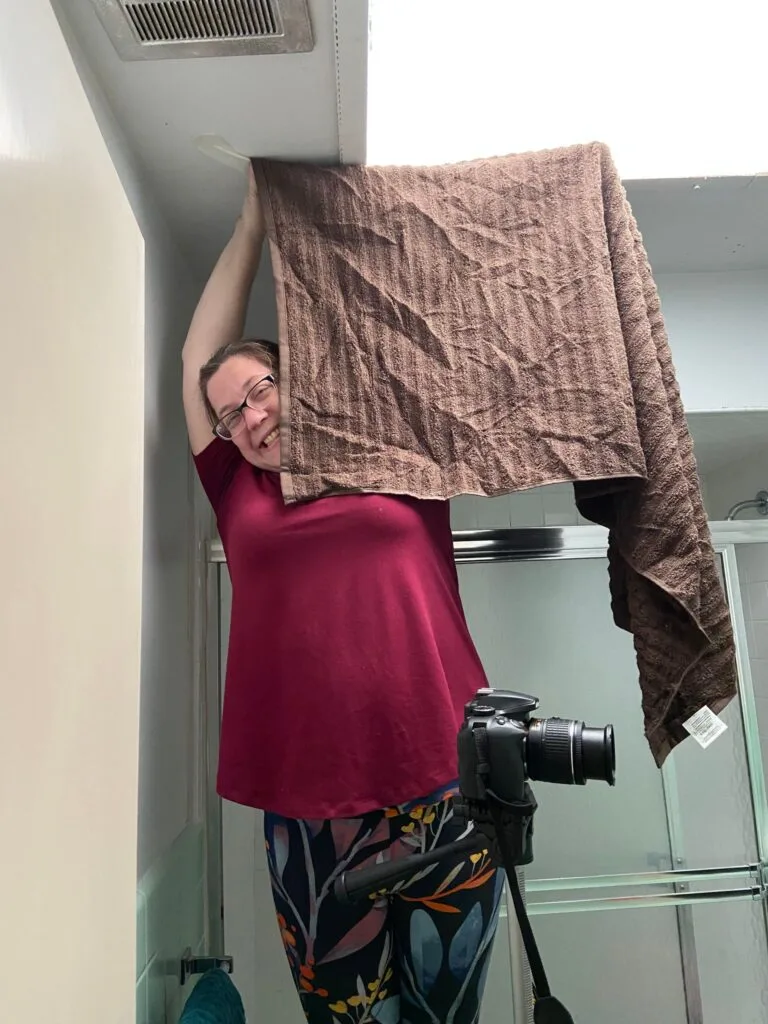
SKSM: What has been the most difficult experience during filming?
Phil Parker: Besides COVID, I think probably replacing one of our actors due to her unavailability was a tough blow, but we were lucky with her replacement coming in and saving the day! Apart from that, it was a surprisingly smooth shoot.
SKSM: Where was premiered?
Phil Parker: As part of our final grade for the Dollar Baby project in my wife’s class, we had to premiere our film at a small film festival, which allowed all the teams to show off their productions to each other, as well as family, friends, and anyone from the public who managed to pop in. Since our film was delayed, we got permission to enter the 2021 festival, with two other Dollar Babies that were made that year.
SKSM: Do you plan to screen the movie at a particular festival?
Phil Parker: Honestly, I’m not sure there is enough interest to bring our film to any other festivals, but who knows…?
SKSM: What experience has The Woman in the Room left on you?
Phil Parker: I have an extensive theatrical background, so I feel pretty good about thinking on my feet with other actors onstage, and being able to read an audience. But directing a film is a whole diffrent animal, and working with actors and crew, and schedules, and all the craziness that typically accompanies those situations took that skill to a whole new level, so I would say that it put a new spin on anticipating what an audience would respond to. It’s tough!
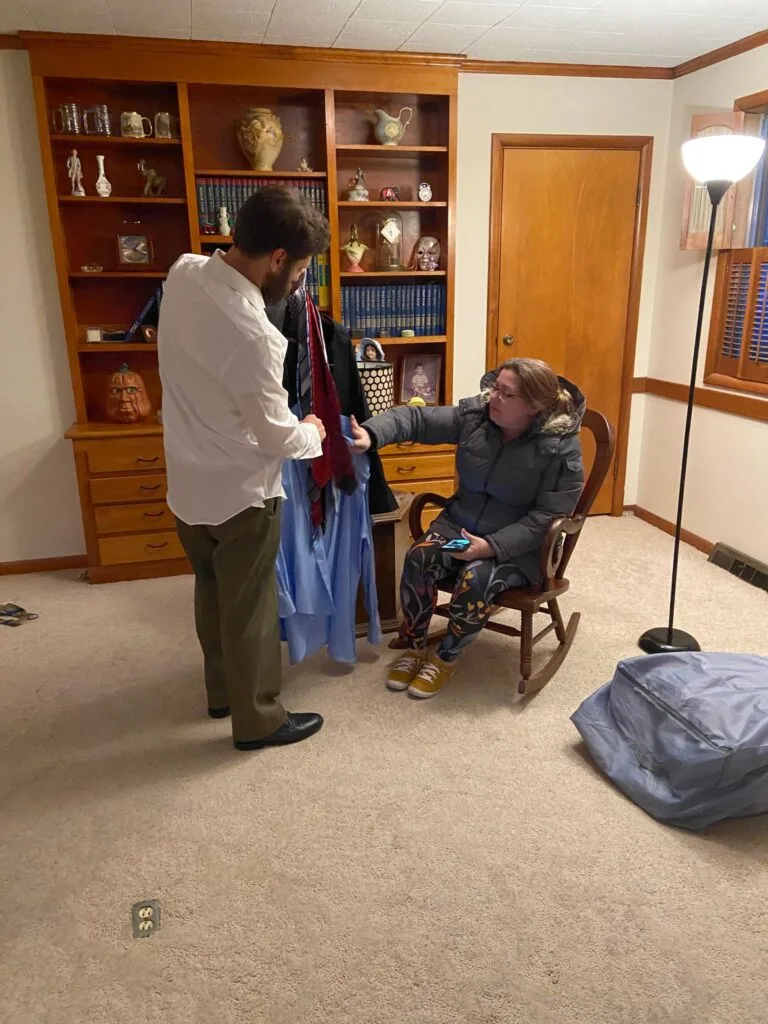
SKSM: How do you like to describe yourself as a director?
Phil Parker: If I’m anything, I’m flexible. I’m a very visual learner, but if you show me how something works, I can pick it up pretty quickly. I think that comes in handy when youre in the Director’s chair, because you should be able to help out if and when you’re needed elsewhere.
SKSM: How did you find out that King sold the movie rights to some of his stories for just $1? Was it just a wild guess or did you know it before you sent him the check?
Phil Parker: My wife actually found out about it through one of her students. She has been a Stephen King fan most of her life, so when she looked into the Dollar Baby Program, it was sort of a match made in heaven. I was thrilled to get to be a part of it, even before I was in the class. I’ve been in so many of the films now, SK himself is probably sick of seeing my face!
SKSM: Are you a Stephen King fan? If so, which are your favorite works and adaptations?
Phil Parker: Oh yes, I count myself as a fan. My mother and brother were fans as well, and I think I just followed in their footsteps. I remember picking up a copy of Cycle of the Werewolf when I was a kid, and I must’ve read it three or four times back to back. From there it snowballed. I think Misery was the first SK book I read cover to cover. There are still a few books I haven’t gotten to yet, but I’ll make it happen at some point. My wife gobbles them up as soon as they come out, though!
SKSM: Did you have any personal contact with King during the making of the movie? Has he seen it (and if so, what did he think about it)?
Phil Parker: No contact, I’m afraid. Per the Dollar Baby contract, he gets a copy of the finished film, but if he has seen it, I could not say. I have this image in my head of SK, and several of his friends sitting around drinking and watching all these films in sort of a MST3K kind of viewing party. I’m sure he doesn’t have that kind of time, but it makes for an interesting visual, I think.
SKSM: What are you working on nowadays?
Phil Parker: I work at a museum, so a lot of what I work on currently are videos for events or classes there. I also do freelance videos as they come along. I’ll be stepping in front of the camera this summer as an actor in a full length feature, too.
SKSM: What one thing people would be surprised to know about you?
Phil Parker: I’ve played Riff Raff in four different live stage productions of The Rocky Horror Show.
SKSM: What is in the top 5 on your bucket list? (Everything is possible and nothing is too strange)
Phil Parker: If I could stand on that stage just once and thank the Academy…!
SKSM: Thanks for taking the time to answer my questions. Is there anything you want to say to the fans that read this interview?
Phil Parker: It’s never too late to take that next step. It’s never too early to take that first step, either.
SKSM: Would you like to add anything else?
Phil Parker: I’d really like to thank you for reaching out to ask about our little film! I’d also like to thank Stephen King for making the Dollar Baby Program acessible to so many creative and talented folks! It was an ispired idea, and we were so grateful to get the opportunity to translate his work into film.










